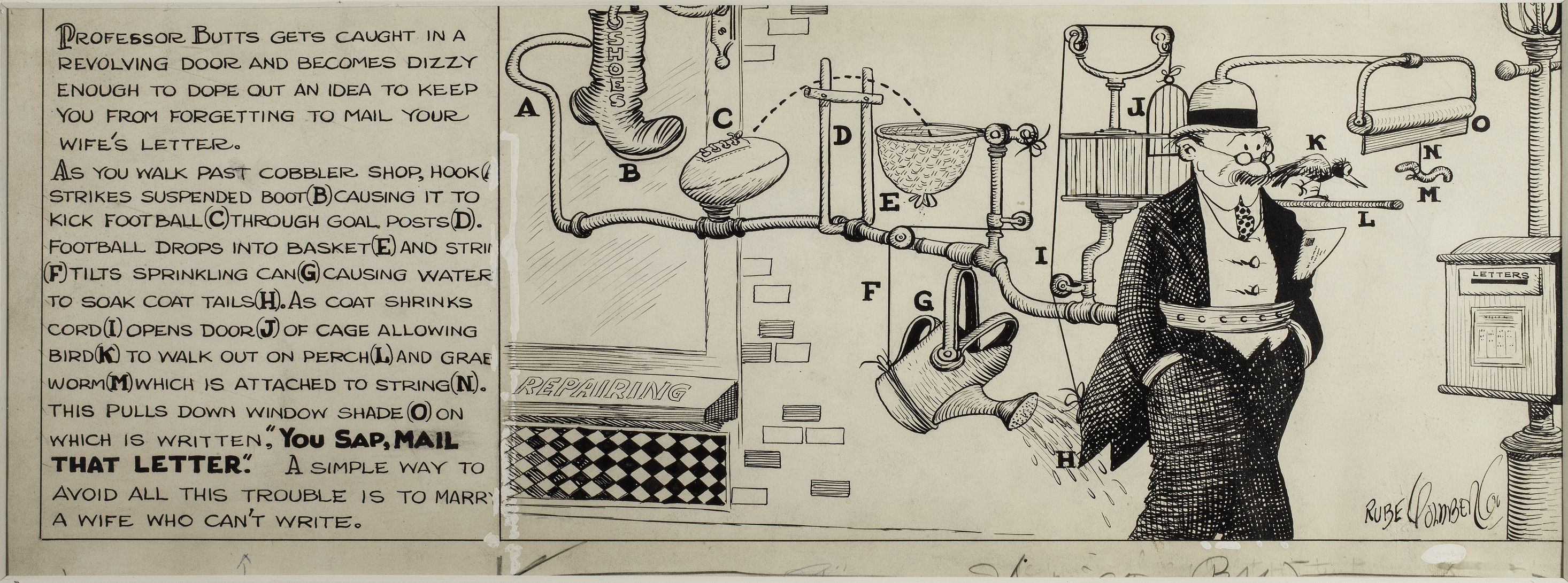I built a busking Amp for the demonstration of my whistling to good music. It consists of:
1) electret Mic PreAmp,
2) ETI-486 Howl-round Stabilizer,
3) Pedal Reverb and a
4) 100W (class D) Amp running on a 11.1V LiPo.
Problem: When I turn the system on, the whistling volume is moderate, yet then when I turn it briefly off/on, the volume goes suddenly quite high and then gradually weakens.
I don't know what is causing it gradual drop? Maybe it has something to do with an old electrolytic? - Thank you in advance for any suggestions, Jo
Here's a sample of my inherited whistling, which I care to maintain (even now at age 77):
https://app.box.com/s/u68q3fn26jtwb9673xbfc751mef4wq6e
1) electret Mic PreAmp,
2) ETI-486 Howl-round Stabilizer,
3) Pedal Reverb and a
4) 100W (class D) Amp running on a 11.1V LiPo.
Problem: When I turn the system on, the whistling volume is moderate, yet then when I turn it briefly off/on, the volume goes suddenly quite high and then gradually weakens.
I don't know what is causing it gradual drop? Maybe it has something to do with an old electrolytic? - Thank you in advance for any suggestions, Jo
Here's a sample of my inherited whistling, which I care to maintain (even now at age 77):
https://app.box.com/s/u68q3fn26jtwb9673xbfc751mef4wq6e






Comment